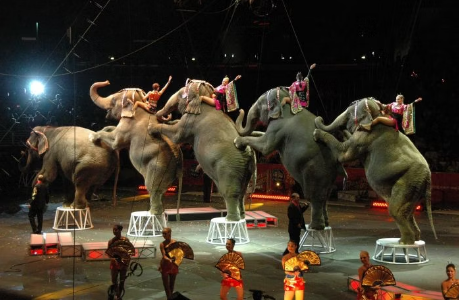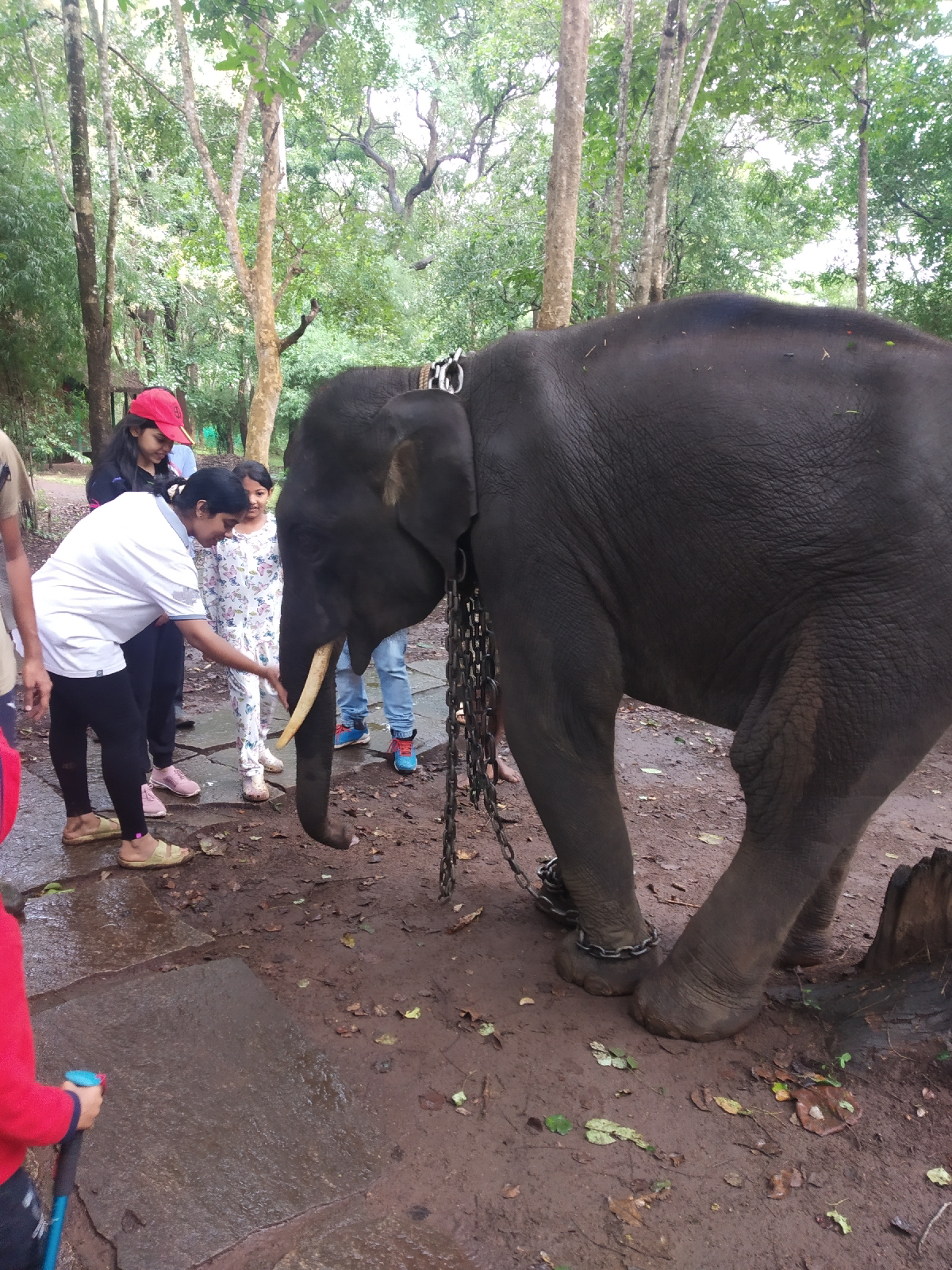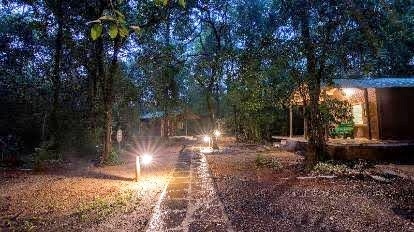The Elephant Story.
I took a small break from Manipal and went to Sakrebyle Elephant Camp and stayed at Jungle Lodges and Resorts near Shivamogga which was only 130 kilometers away from Manipal and took me three hours to travel. One of the main advantages of this location is that it is only five hours away from Bangalore and one can always meet friends from Bangalore halfway and spend quality time with friends and family here in the forest.
The route was very scenic and we travelled through a lot of hairpin bends to climb Augumbe Ghat and at times it felt we were driving through the clouds and visibility was limited. After Agumbe we drove towards Tirthalli and the drive was really good as on my right side was the overflowing Tunga River and I could see a lot of birds near the water in Mandagadde Bird Sanctuary and on my left was the Gajanaru reserve forest.
We reached
on time for lunch and after settling down we went for a small walk to the place
where the elephants were trained. The camp had a trained naturalist who took us
through the complexities of elephant history, ecology and biology and it was an
insightful experience to know and understand the elephant.
I had memories of these awesome and huge animals performing in circus and in a famous Hindi movie - " Haathi Mera Sathi" when I was a small child and after that I had seen them carrying tourists in Jaipur in Rajasthan and somehow in my mind elephants were always associated with royalty and luxury.
The
elephants are huge creatures and invoke fear in the mind and heart as they can
easily crush human beings in the wild. They weigh more than four thousand
kilograms and their trunks can easily lift weights more than two hundred and
fifty kilograms. These amazingly docile creatures were probably domesticated
four thousand years ago and used to clear forests for agricultural land and
till recent times were used for logging and uprooting trees before being
replaced by machinery like cranes and helicopters.
Elephants
were extensively used in warfare as they could charge though enemy infantry and
cavalry at high speeds. They were used to carry heavy artillery like canons and
could ram through the big doors of the forts and also break the walls of the
fort with their brute force. In a war the big guys always sat on top of
elephants shielded from enemy attacks and could plan the war in a more
strategic manner from their advantageous viewpoint. One of the most famous war
stories is of Maharana Pratap attacking Raja Manasingh on his elephant and his
famous horse Chetak was dressed with an elephant trunk so that the big elephant
did not attack the horse, thinking that it was a baby elephant approaching.
The naturalist told us all about how the forest department goes through a tough time in protecting the forest against poachers and how Karnataka has the highest number of six thousand wild Asian elephants out of total thirty thousand in our country.
Intrestingly the Mughal Emperor Akbar had thirtyfive thousand elephants in his Army as per the Akbar Nama.
We went for a walk to the elephant training camp where we saw a three year old small elephant in the process of rehabilitation and another eleven year old big elephant which was in a heightened stage of musth – meaning it was in mating mood and therefore unpredictable and ready to fight with other male elephants and we were told to approach carefully from the front and then allowed to feed the elephants. Elephants have a matriarchal society and the adolescent male elephant leaves the herd and lives in the wild or joins a band of other male elephants where the eldest male is the leader of the herd. This reminded me of the rebellious teenagers in human society and I was left fascinated by the similarities. The male elephants approached the herd only for mating with a suitable female and after twenty two months of pregnancy a baby elephant is delivered.
The hierarchy
in African Elephants is stronger due to harsh conditions where the elder’s
wisdom is valuable and in Asia where predators are few and resources are
plentiful, there is not as much need for strong leadership.
However the
Asian elephant males only have tusks due to which they are poached, leading to
shortage of males in the breeding population and lack of genetic diversity.
All of the
information necessary for elephants’ survival is passed down by their elders.
It’s crucial for young elephants to spend time with older family members,
particularly matriarchs, so they can learn all that they’ll need to know as
adults. The matriarch of the herd carries the knowledge of the elders and
shares essential information with the young including how to respond to a
variety of dangers and where to find food and water.
As more
farms appear in forests and savannas where elephants are accustomed to roaming,
the whole years harvest is easily consumed or destroyed in a single night by a
herd of elephants leading to retaliatory killings of elephants. This leads to
hundreds of death of both humans and elephants.
A lot of
steps have been taken to protect elephants and the Forest guards are on the
front lines against armed poachers in the vast forests. Many farmers are
encouraged to coexist in creative manners by conservationists, by surrounding
their crops with beehive fences, which take advantage of the elephants’ natural
fear of bees and as a bonus the bees provide natural fresh local honey.
The whole conversation about conservation spilled into the campfire after we were shown a documentary about the work done by the Forest Department and it was a wonderful exposure to elephants.
The next morning we interacted with the elephants who came to the camp and then went for their bath and all of us went to the river to see the elephant’s bathe and also went for a small boat ride in the river.
It was an amazing experience to interact with the huge endangered animals at close quarters and find the crucial role they play in maintaining the ecological balance as forest gardeners and I returned to Manipal eager to share stories about elephants and Veerappan.












Comments
Post a Comment